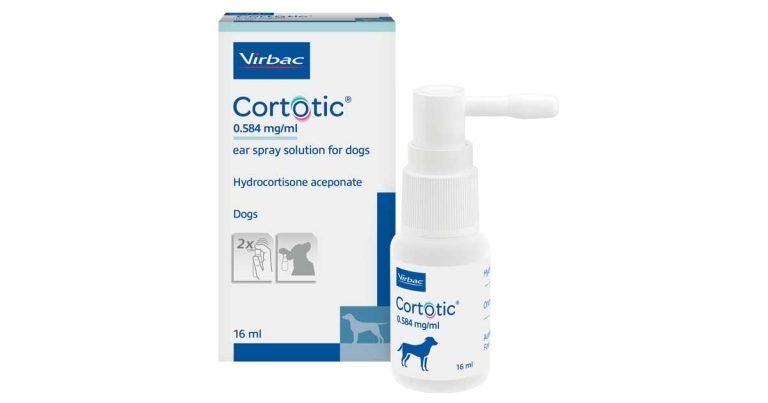15 Aug 2024
Corticosteroid-only Cortotic aims to tackle clinical signs of most frequently recorded disorder in primary veterinary practice.

A corticosteroid-only treatment for the clinical signs of canine otitis externa has been launched.
In launching Cortotic, which is not an antimicrobial, the company said it was adding to a coordinated approach to reduce antibiotic use.
Bodies including the World Health Organization have declared antimicrobial resistance one of the top global public health threats currently.
Cortotic contains hydrocortisone aceponate (HCA) and treats the clinical signs associated with acute erythroceruminous otitis externa, even where microbial overgrowth is present, by addressing the primary factor of inflammation.
In a clinical field study, published in Veterinary Dermatology, Cortotic was shown to be as effective in treating acute otitis as a fixed-combination product containing a corticosteroid, an antibiotic and an antifungal as active ingredients, with an equivalent improvement of clinical and cytological scores1.
Cortotic is presented in an “easy to use gentle ear spray device with atraumatic cannula”, which delivers a fine mist spray for even application. Dosing is two pumps per application, whatever the dog’s size, once per day for 7 to 14 days.
Chris Newark, product manager at Virbac, said: “With Cortotic we’re excited to offer clinicians the ability to reduce antimicrobial usage when treating otitis externa in dogs, while offering the same efficacy as a fixed-combination product.
“The product’s easy administration also makes it an attractive choice for pet owners, with 94% of owners stating that they would choose to use Cortotic again.”
For more information on Cortotic, or other products in the Virbac otics range, speak to a Virbac territory manager.
1. Rigaut D, Briantais P, Jasmin P and Bidaud A (2024). Efficacy and safety of a hydrocortisone aceponate containing ear spray solution in dogs with erythemato-ceruminous otitis externa: a randomised, multicentric, single-blinded, controlled trial, Veterinary Dermatology 35(2): 197-206.